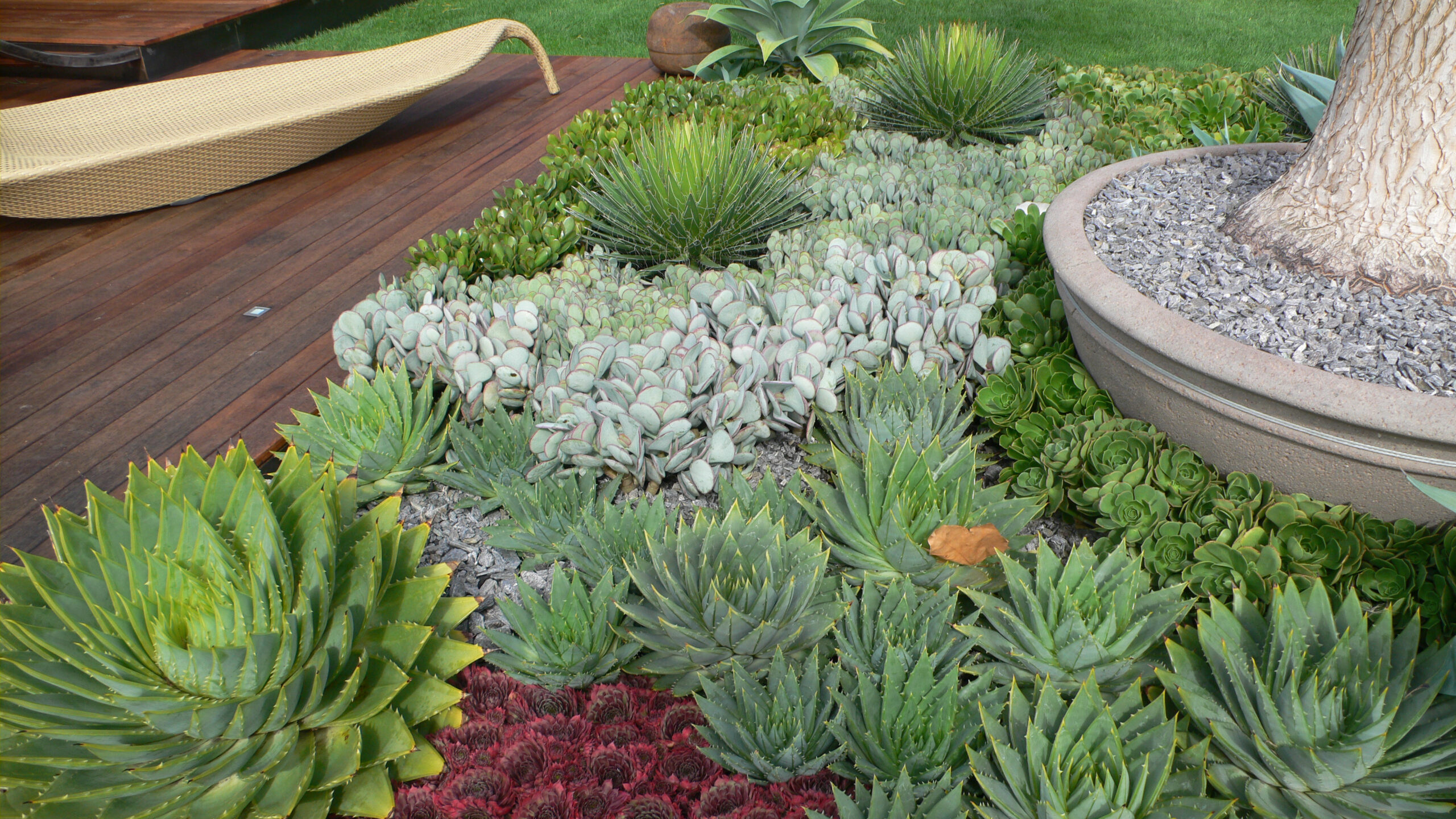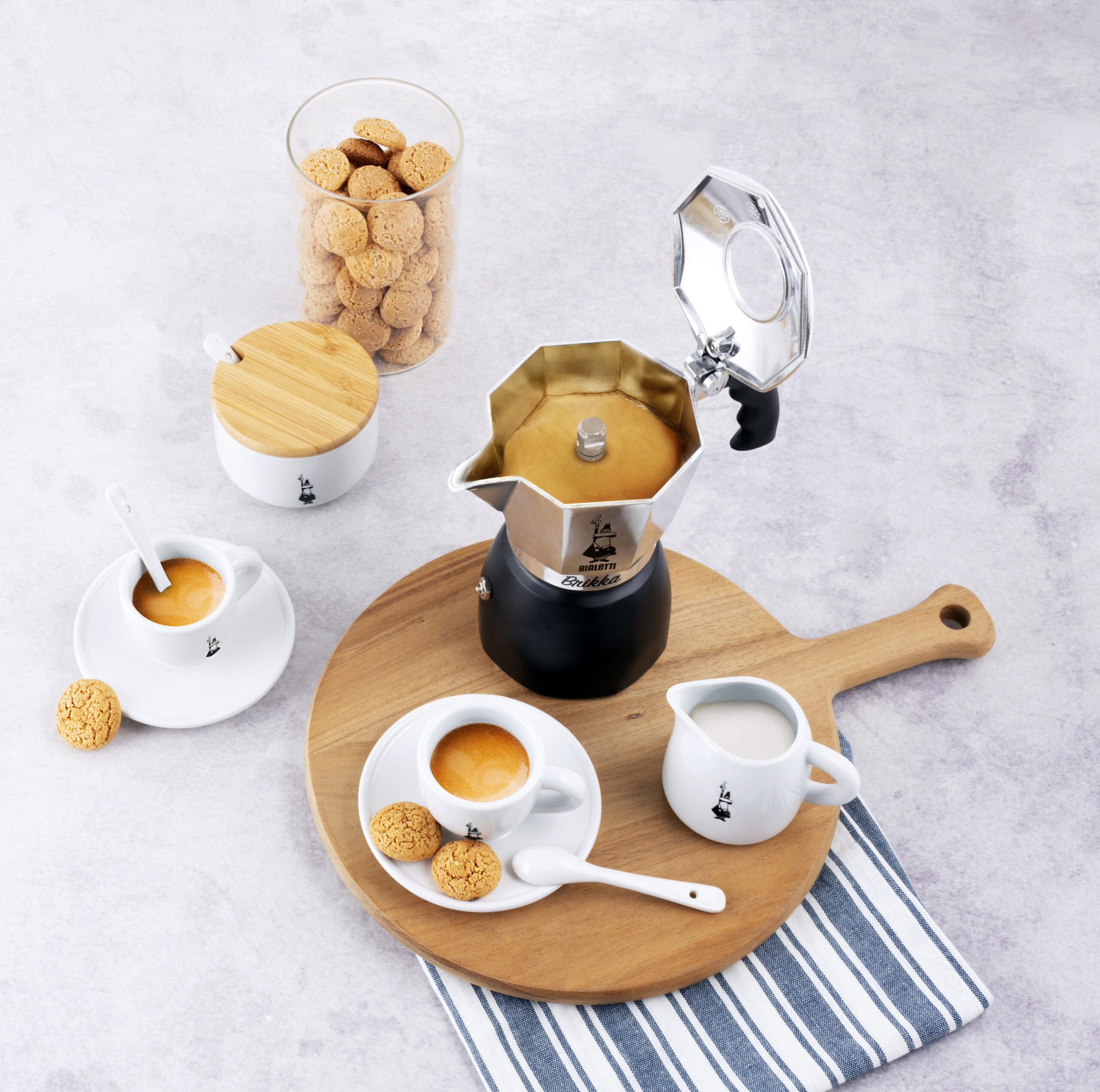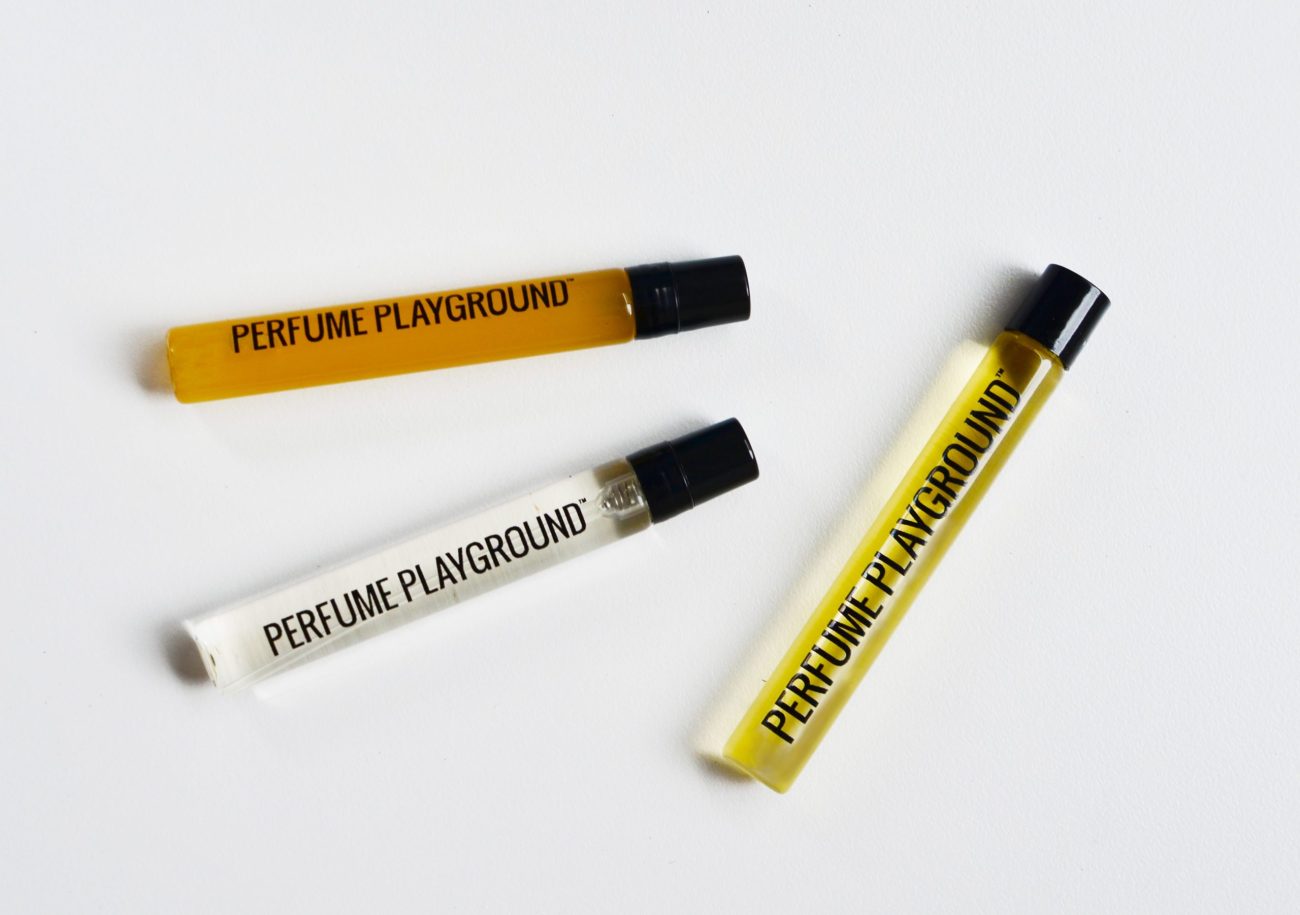Penny Cliffin is the current Chair of the Garden Design Society of NZ and is a former senior lecturer of landscape design at Unitec. She is an advocate of sustainable urban forest planning. Penny will be bringing over 25 years of landscape design and amenity horticultural experience to her role as a judge at this year’s New Zealand Flower & Garden Show in late November.
Words Penny Cliffin
Have a plan
Whether you design it yourself or have professional help, having a plan that you are working to will save you from making mistakes, and give you a sense of control over creating your sustainable garden. Aim for garden rooms which have a logical relationship to each other and a particular function makes a lot of sense. Just as you would do when designing a house, arranging the layout to give a clear hierarchy of purpose with a living space as the hub with easy flow and access from indoors.
Retain water
In Auckland we are blessed with high rainfall. However the time between showers varies a lot, so to spread the watering potential and save money on water charges, retaining some rainwater from your roof is brilliant! These days there are less visually dominant tanks available. Instead of big round tanks, you can have modular rectangular tanks which stack to suit the space you have available.
Catch energy
You can use the power of the sun to light your garden at night. The solar light fitting available are improving all the time, so don’t have to be ugly, and can be hidden amongst plants rather than out in the open.
Reduce garden waste
Compost what you can, but also having a green waste bin for troublesome weeds likely to seed or spread can be a good addition. Have mulch delivered in bulk to avoid having to dispose of heavy plastic bags (if your section size warrants it).
Upcycle
It is great to convert items which would normally become waste, into something new and stylish. I have just been to Tonga. I was really taken by the way they recycle old tyres as planters, stacking them up and painting them bright colours for people to enjoy. What could you upcycle in your garden?
Biodiversity
By having lots of variety in the plant species in our neighbourhoods, we can provide habitat and food to encourage lots of creatures to settle and create a balanced ecosystem. Using unusual plants, particularly endangered native species means we can do our bit for ensuring these species survive as their natural habitats diminish. Check out the Plant Conservation Network website for more information.
Birds
When you are deciding what to grow in your garden, consider plants which will provide habitat and food for these creatures. Our nectar drinking native tuis are loving the Taiwan cherries in our neighbourhood at the moment, but make sure you choose the sterile cultivar to avoid it seeding (eg. Plink Clouds or Mimosa). Kowhai and flax will be the next up on the menu, then pohutukawa.
Bees and butterflies
These plants will also feed bees and butterflies, as do herb plant flowers such as thyme, rosemary and echinacea, and fruiting plants like apples, citrus and feijoa. Check out the Trees for Bees website.
Enrich your soil
Soil is the key to good gardening. Knowing what type of soil you have can help you devise a plan to improving it. The main soil types in Auckland are clays and volcanic soils with sandy soil along the west coast beaches and pockets of peat and limestone based soils.
All soil types benefit from the addition of organic matter to moderate water content and encourage beneficial organisms such as worms and insects. For workshops on soil and composting see the Compost Collective website.







